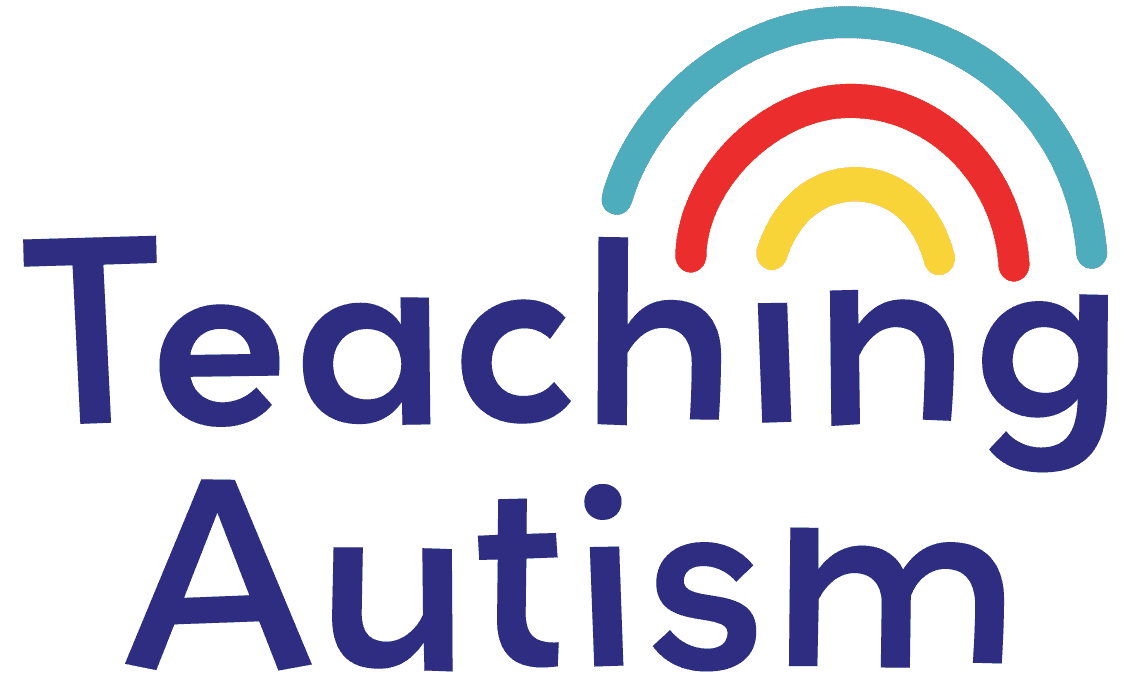Working with Students with TBI
In this blog post today I’m sharing information about working with students with TBI. I’m discussing what a TBI is, how that can effect a student and their experience in the classroom. But I’m also sharing a bunch of strategies and information that will help you ensure that your classroom is an inclusive and positive experience for your students.
What is a TBI?
A TBI is a Traumatic Brain Injury. It is a serious condition that can have a significant impact on a student’s academic performance and classroom experience. As a teacher, it is really important to recognize the signs and symptoms of a TBI. You will also need to implement appropriate accommodations and modifications, to ensure that the student can succeed in the classroom.
Signs and Symptoms
Some of the signs and symptoms of a TBI may include;
- headaches
- dizziness
- confusion
- memory loss
- difficulty concentrating.
In addition, a student with a TBI may experience changes in behavior, such as mood swings, irritability, and impulsiveness.
These symptoms can have a profound impact on a student’s ability to learn and participate in the classroom.
How to Support Your Student
One of the most important things that a teacher can do to support a student with a TBI is to create a positive and inclusive classroom environment.
This can be achieved by;
- providing clear instructions
- breaking down complex tasks into smaller steps
- providing regular feedback and encouragement.
In addition, it may be helpful to provide a quiet and calm workspace for the student to work in, away from external distractions.
Modifications and Accommodations
Another important consideration is to provide appropriate modifications and accommodations to support your student’s learning.
For example, a student with a TBI may require additional time to complete assignments or may benefit from the use of assistive technology. This may be technology like text-to-speech software or a voice recorder.
In addition, it may be helpful to provide a note-taker or a peer mentor to assist the student in keeping up with classwork and assignments.
Barriers
Unfortunately, despite these accommodations, there may still be barriers that the student with a TBI may face in your classroom.
For example, your student may struggle with organization and time management. Or they may experience fatigue or sensory overload.
In order to overcome these barriers, it is important to work closely with the student and their family/carers to develop an individualized plan that meets their unique needs.
Training Opportunities
Finally, I would really recommend seeking out relevant training opportunities to better understand and support your student with a TBI. This may include attending workshops or conferences, or seeking out resources and support from organizations such as the Brain Injury Association of America.
When working with a student with a TBI, it is also important to communicate regularly with their family members / guardians / carers to ensure that everyone is on the same page and that the student’s needs are being met.
Some helpful information to ask families/guardians for may include;
- details about the student’s medical history
- any medications they are taking
- any additional support or services they may be receiving outside of school.
I hope that you found this blog post about working with students with TBI helpful and informative. If so, please consider sharing it with your friends and colleauges on social media.
I hope that with what you have learned from this blog post today, you will feel more confident working with students with TBIs.
Nikki
P.S. Have you signed up for a 3 day free trial of our VIP membership yet? If not, click here to do it now and go and get access to a huge range of resources, templates, crafts and more for free.






